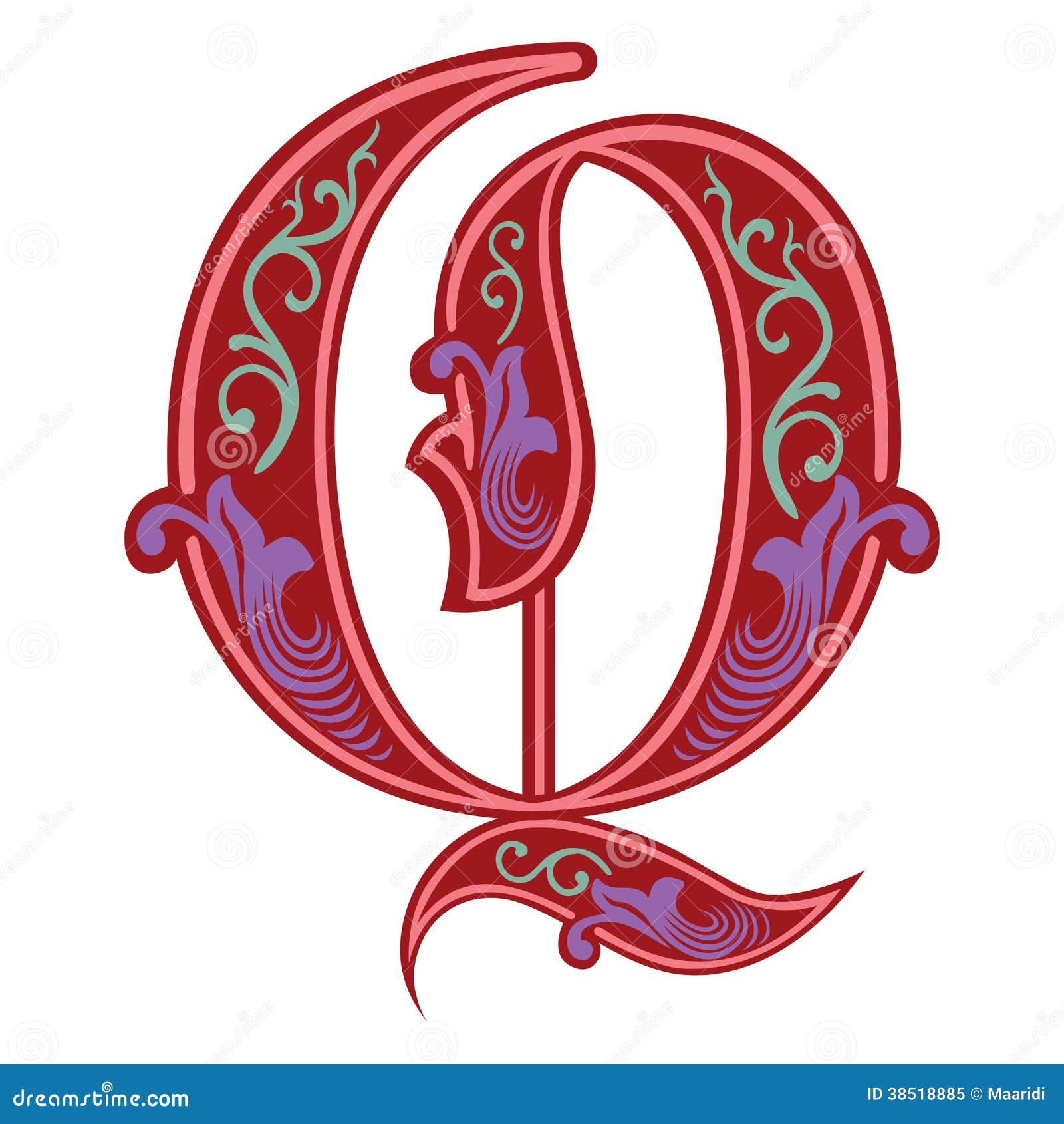
UGRR is the schema which is used to calculate garnishment for retroactive payroll run.(2 ) The following formula should be used to calculate the dollar amount of disposable earnings which would not be subject to garnishment: The number of workweeks, or fractions thereof, should be multiplied times the applicable Federal minimum wage and that amount should be multiplied by 30.
UGGR calculates gross amount for Garnishment. Limit of deduction is considered based on model defined for order type in table T5UG4. UGARN function calculates garnishment. Then RT is checked for wage types which are eligible for garnishment and those wage types are added to IT with help of rule UGRT. Checks if refund is required to be paid. UGIT selects garnishment related wage types and deletes wage types which are not related from IT (It checks processing class 59 specification and all except specification 0 are treated as garnishment wage types). Copy IT table into AIT table with help of PITAB, so that IT can be processed for garnishments.  Reads garnishment with help of function UGARN. After processing old (original) data can be reloaded to the table using PITAB. PITAB copies contents of one table to another in order to process the former table. UGARN is the function which, read garnishments, checks garnishment switches, calculates differences when retroactive accounting is performed. UGRT works similar to UGIT except that it process RT tables’ wage type unlike UGIT which process IT table. Processing Class 59’s specification 1 means transfer to disposable income without changing sign and 2 means transfer value to/G00 with opposite sign. UGDN read wage types and transfer them to disposable net income wage type /G00 based on processing class 59 specification. UGIT checks wage types of IT tables and eliminates wage types which are not related to garnishment based on processing class 59 specification.
Reads garnishment with help of function UGARN. After processing old (original) data can be reloaded to the table using PITAB. PITAB copies contents of one table to another in order to process the former table. UGARN is the function which, read garnishments, checks garnishment switches, calculates differences when retroactive accounting is performed. UGRT works similar to UGIT except that it process RT tables’ wage type unlike UGIT which process IT table. Processing Class 59’s specification 1 means transfer to disposable income without changing sign and 2 means transfer value to/G00 with opposite sign. UGDN read wage types and transfer them to disposable net income wage type /G00 based on processing class 59 specification. UGIT checks wage types of IT tables and eliminates wage types which are not related to garnishment based on processing class 59 specification. 
If I have missed any major rules/schema/function related to garnishments please provide your comments I will try to incorporate that in this document Rules UGIT I have tried to list down rules, functions and schemas related to garnishment processing. Rules, Functions and Schemas related to Garnishment This IT stores information about refund given by vendor.
Deduction: Deduction allows to store amount and frequency of deduction for respective garnishment order. IMG->Payroll->Payroll –USA->Garnishment->Master Data->Order Types One can create order type and associate it with order category by following below IMG Path Order Type: Order type are associated with order category. Apart from that it stores information of Jurisdiction, Vendor who has requested for garnishment. Priority: This field decides in case of more than one garnishment, which one should be deducted first. Category: It can store information about type of garnishment like child support, credit card debt etc. Garnishment is processed when its status is active. Status: Status could be active, released, pending. 
This Infotype stores following information regarding Garnishment.
 Allowable disposable net income-(Meant for child support) = Disposable Net Income*CCPA%limit Garnishment Infotypes Infotype 0194 Garnishment Document. Disposable Net Income: Disposable Net Income-Mandatory deduction like Taxes. CCPA (Consumer Credit Protection Act) decides limits of the amount that can be garnished from an employee’s disposable income. Debt can child support, credit card debt, tax etc.įollowing is the diagram which depicts flow of garnishment process and how SAP supports it. Garnishment is collection of debt from an employee based on court order.
Allowable disposable net income-(Meant for child support) = Disposable Net Income*CCPA%limit Garnishment Infotypes Infotype 0194 Garnishment Document. Disposable Net Income: Disposable Net Income-Mandatory deduction like Taxes. CCPA (Consumer Credit Protection Act) decides limits of the amount that can be garnished from an employee’s disposable income. Debt can child support, credit card debt, tax etc.įollowing is the diagram which depicts flow of garnishment process and how SAP supports it. Garnishment is collection of debt from an employee based on court order.








 0 kommentar(er)
0 kommentar(er)
